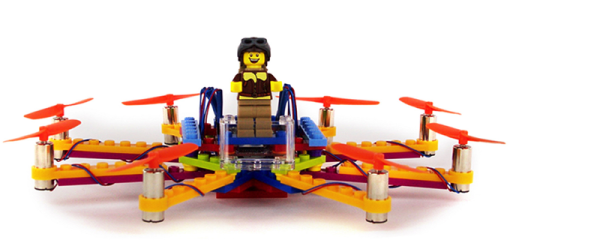Hardware is the future. There is no better proof of this than the hardware clans that have grown up around DEF CON, which in recent years has become known as Badgelife. I was first drawn to the custom hardware badges of the Whiskey Pirates at DC22 back in 2014. Hardware badges were being made by several groups at that time but that was mainly happening in isolation while this year the badge makers are in constant contact with each other.
A slack channel just for those working on their own DEF CON badges sprung up. This served as tech support, social hour, and feature brainstorming for all on the channel. In the past badges were developed without much info getting out during the design process. This year, there was a huge leap forward thanks to a unified badgelife API: the badge makers colluded with each on a unified communcations protocol. In the multitude of images below you frequently see Rigado modules used. These, and some others using different hardware, adopted a unified API for command and control, both through makers’ “god mode” badges, and for wireless gaming between participant badges.
I was able to get into the badge makers meetup on Thursday of DEF CON. What follows is the result of a frantic few hours trying to get through the sheer volume of badges and people to share with you all the custom hardware on display. One thing is for sure — there were literally thousands of custom badges built and sold/distributed during DEF CON. I can’t wait to see what the artisanal hardware industry will look like in five years time.


















